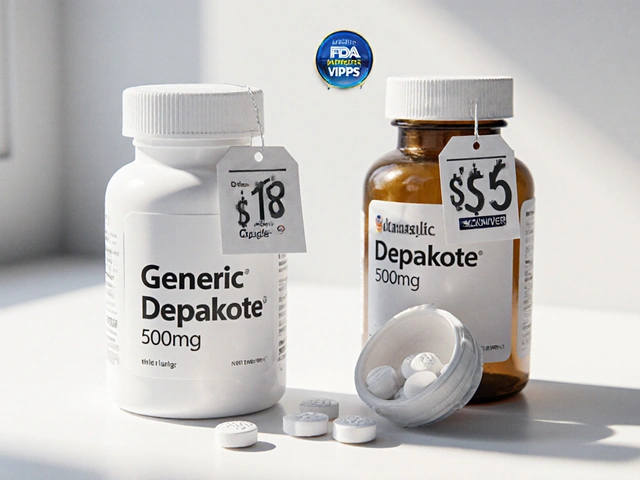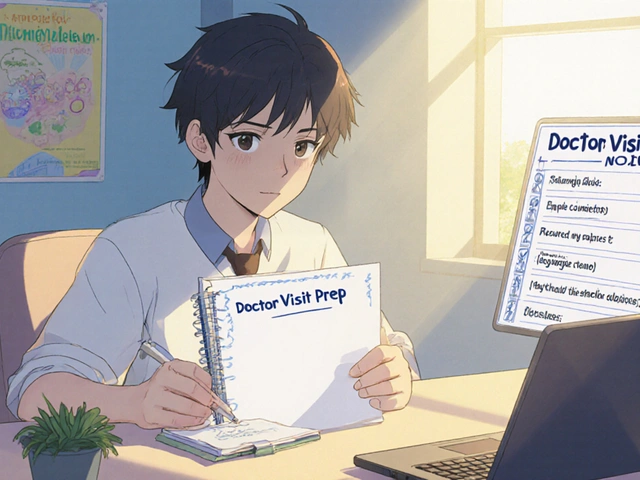Loperamide Overdose – What Happens and How to Respond
If you’ve ever bought Imodium for a bout of diarrhea, you know it works fast. The problem starts when people take more than the recommended dose, thinking “more can’t hurt.” In reality, too much loperamide can turn a harmless anti‑diarrheal into a dangerous opioid‑like overdose.
Signs You’ve Overdosed
Early warning signs show up within a few hours. You might feel extreme drowsiness, a fuzzy head, or a sudden loss of balance. Some people notice a fast heartbeat, low blood pressure, or trouble breathing. Nausea, vomiting, and stomach cramps are also common. If the dose is very high, the brain can’t handle the excess, leading to confusion, seizures, or even coma.
Because loperamide sits in the gut, an overdose can also cause a severe slowdown of intestinal movement, called paralytic ileus. That means you’ll feel bloated, unable to pass gas, and pain may get worse. Look for a lack of bowel sounds if a doctor listens with a stethoscope.
How to Get Help and Prevent Future Problems
The moment you suspect an overdose, call emergency services or go to the nearest ER. Tell the staff the exact amount of loperamide you took and when. Treatment often includes activated charcoal to soak up the drug, and in severe cases, an antidote called naloxone, the same one used for heroin overdoses, can reverse respiratory depression.
While you’re waiting for help, stay upright if you can and try not to vomit forcefully, as that can cause aspiration. If you’re with someone who’s unconscious but still breathing, place them on their side – the recovery position – to keep the airway clear.
Preventing an overdose starts with knowing the safe dose: for adults, no more than 8 mg (four tablets) in 24 hours, and never exceed 16 mg in a single day. Kids should only use loperamide under a doctor’s direction, and many experts recommend avoiding it altogether for children under two years.
Mixing loperamide with other substances raises the risk dramatically. Alcohol, other opioids, or medications that affect the heart’s rhythm can push loperamide into toxic territory. Always read the label and ask a pharmacist if you’re unsure about drug interactions.
If you find yourself reaching for extra doses to control diarrhea, it could be a sign of dependence. Talk to a healthcare provider about safer alternatives – sometimes a probiotic or a short course of prescription medication works better and carries fewer risks.
In short, a loperamide overdose is a medical emergency that looks like an opioid overdose, even though the drug is sold over the counter. Quick action, honest communication about the amount taken, and proper medical care can save lives. Keep the dosage low, avoid mixing it with other drugs, and seek professional advice if you need frequent relief.

Loperamide (Imodium) Overdose: Signs, Symptoms, Treatment, and Emergency Care Guide
- By : Archer Hamilton
- Date : Aug 25 2025
Spot, act, and get help for loperamide (Imodium) overdose. Learn red flags, what to do now, hospital treatment, risks, and safe dosing limits.





